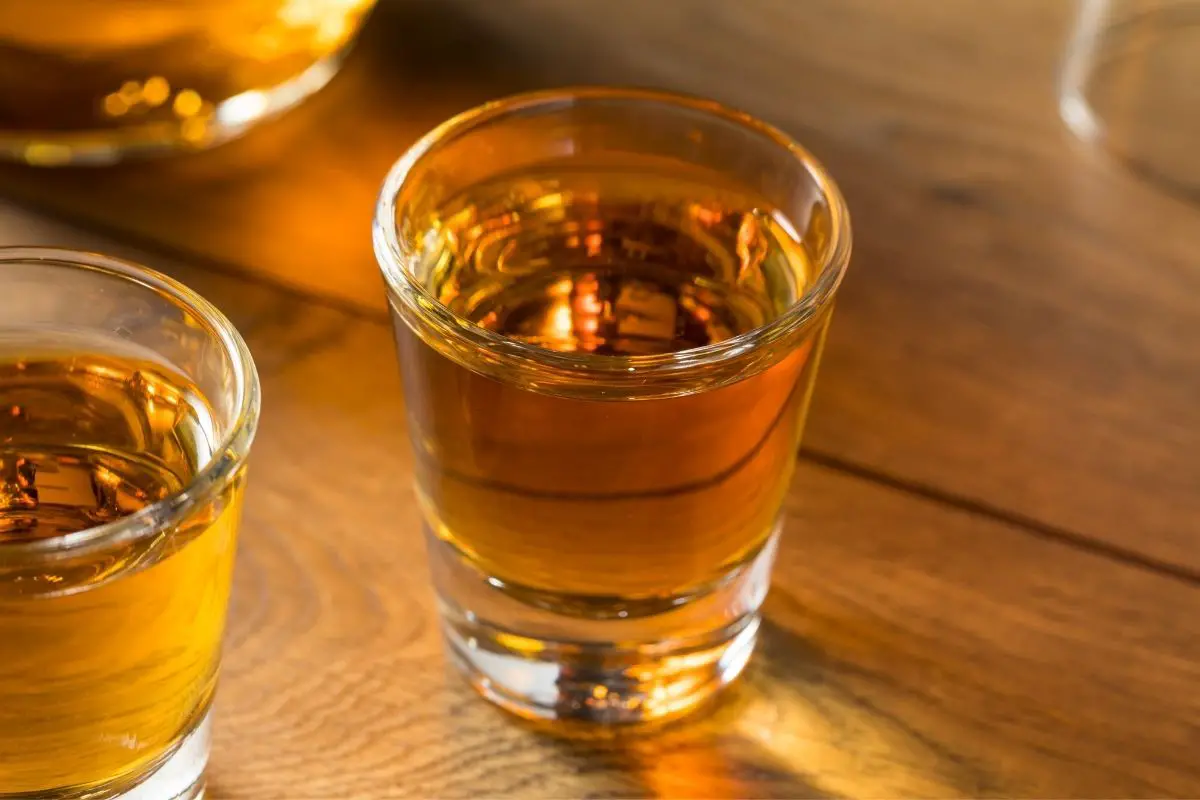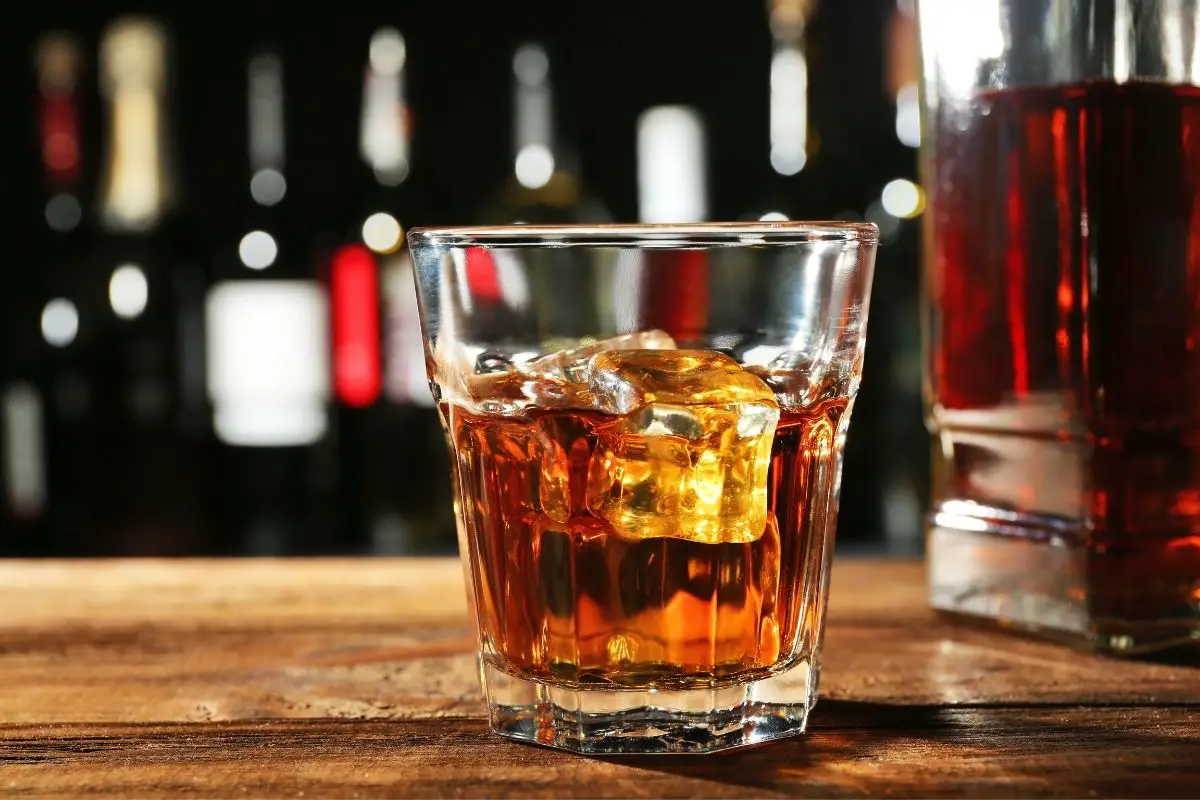All over the world, rum is a firm favorite in the alcohol department. It tastes great over ice, and it is also an ingredient in lots of different delicious cocktails. But how is it made?
Rum is made by fermenting sugar cane juice or molasses and distilling them to get the wonderful alcohol for cocktails or just straight over ice.

This handy little guide will help you learn about the basics of making your own rum. So, if you want to find out how to distill your own rum, keep on reading.
A Brief History Of Rum
Rum originated in the islands of the West Indies back in the 17th century. During this time, slaves found that if they fermented molasses, it could be converted into alcohol. They named this alcohol rum.
When molasses were distilled, they created a clear, pure spirit. When this alcoholic drink was made at a more concentrated level it became delicious, and this is why rum became so popular.
Traditionally, the fermented molasses were mixed with water, and this combination created the early rum that was sold. In 1733, the first rum distillery opened on Staten Island, and the rum business truly began.
Following the opening of the first rum distillery in Staten Island, rum became a major export to the United States. Different types of rum became popular all over the world, and Rhode Island rum even became accepted as a type of currency within some European countries.
A fun and unbelievable fact about rum is that, before the American revolution, every American (including men, women, and children) was drinking an average of three and a half gallons of rum every single year! That’s a lot of booze, even by today’s standards!
Even after the revolution, rum remained popular in the US and all over the world. In fact, it was reported that President George Washington requested a single barrel of rum from Barbuda for his presidential inauguration in 1789.
This popularity hasn’t faltered, and rum is still popular today!
Let’s Begin – Choosing Ingredients For Your Rum Wash
You can make rum by fermenting sugarcane juice.
Sugarcane juice contains sucrose, glucose, fructose, and other sugars, and it can be boiled down to just the sugars. This results in an acidic solution called molasses. Molasses is made when sugarcane juice is boiled down to extract more sugar.
To make rum, you need to add yeast to the mixture. Yeast converts the sugars into alcohol.
Once the fermentation process is complete, you can distill the fermented liquid to remove the alcohol. The final product is called rum.
Sulfured molasses is used to preserve foods by adding sulfur compounds. These chemicals give molasses a strong taste.
Rum is made from molasses. Molasses flavors range in intensity from light to dark, and Blackstrap. You can buy Blackstrap molasses for the ‘washing’ step in distilling rum.
Wash Procedure
Your brew pot should be placed on the heat and filled with 5.5 gallons of water. Heat water to 120° F. Stir in your molasses, alongside raw cane sugar, and stir with long spoons until completely dissolved.
You may have to stir for a while to get your molasses fully dissolved.
When the washing is done, add rum turbo yeast and aerate the wash by dumping back and forth between two different containers for five minutes.
Pour the wash in your fermentation bucket. You need a bucket, a lid, an airlock, and a spigot.
A sealable container is needed to ferment beer. Fermentation buckets should be stored in a cool place, such as a basement or garage.
Fermentation
Rum is made by mixing water and sugar together and then adding yeast. After this mixture ferments, it is distilled into rum.
Molasses is added to the mix before distillation. This causes the rum to be more alcoholic.
A wash including molasses takes about 12 – 14 days to ferment completely. When it’s done, it still tastes sweet because the yeast isn’t converting the caramelized sugar into alcohol.
Straining
Cheesecloth is used to strain the wash before distillation to remove solids.
Citric acid is added to lower the pH of the wash.
Calcium Carbonate is added to raise the pH of the wash to make sure the wash stays alkaline.
Running Your Pot Still
Pot stills are used to create spirits by boiling alcohol over a flame. Clamps and domes secure the bottom of the still while hoses connect the condenser to the top. Heat sources raise the temperature of the alcohol.
Distilling alcohol requires heat. When the water boils, the steam condenses into liquid. You need to make sure that the water doesn’t boil too quickly or the steam won’t cool down enough to condense.
You also need to make sure that you don’t let the water boil too slowly because then the steam will cool down too much and the alcohol will evaporate.
To get the most out of your still, you should collect the alcohol from the top of the still. Then you can use this to dilute the next batch of alcohol.
Collecting Your Rum Distillate
Distillation is the first step in the production of rum. Collecting your rum distillates is the most satisfying part. You need the experience to get everything just right.
Don’t let this discourage you if you’re new to distilling. After running several batches, you’ll learn how to make adjustments and improve your results.
Different Types Of Rum

White Rum
White rums need no aging. To make them lighter, simply dilute the spirits with water and blend well.
Leave the mixture to sit for three or four days before bottling. Aging in barrels will not affect the color of the rum.
Spiced Rum
You can age your rum using any type of wood barrel. After aging your rum, you should add spices to give it flavor. You can also experiment with different types of spices.
Dark Rum
Rums are aged for many years before being bottled. Rum aging usually takes place in charred oak barrels or with oak chips.
To get the most out of your rum, you should age it for 6 to 18 months. After this time, you should blend your mixture to make sure it tastes consistent.
Conclusion
Rum is produced by fermenting sugar cane juice or molasses and distilling them to create an alcoholic beverage.
To produce rum, you’ll need a still, a fermentation tank, and a barrel. You’ll also need yeast, water, and sugar.
- Vevor Still Instructions - June 12, 2023
- Best Proofing Parrots For Home Distilling - February 1, 2023
- What Is A Porter Beer? - June 12, 2022
